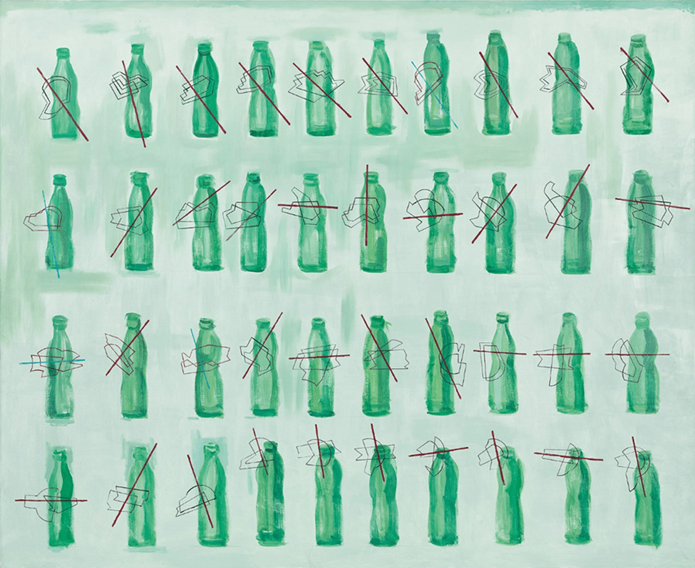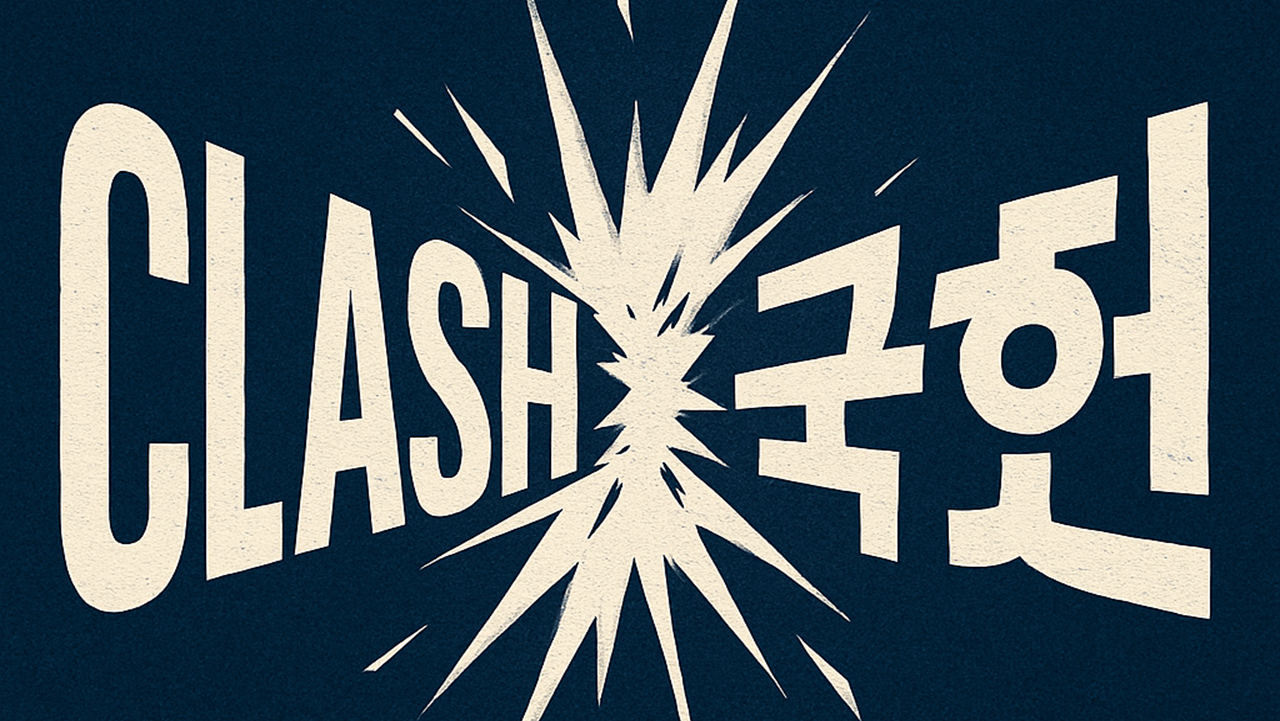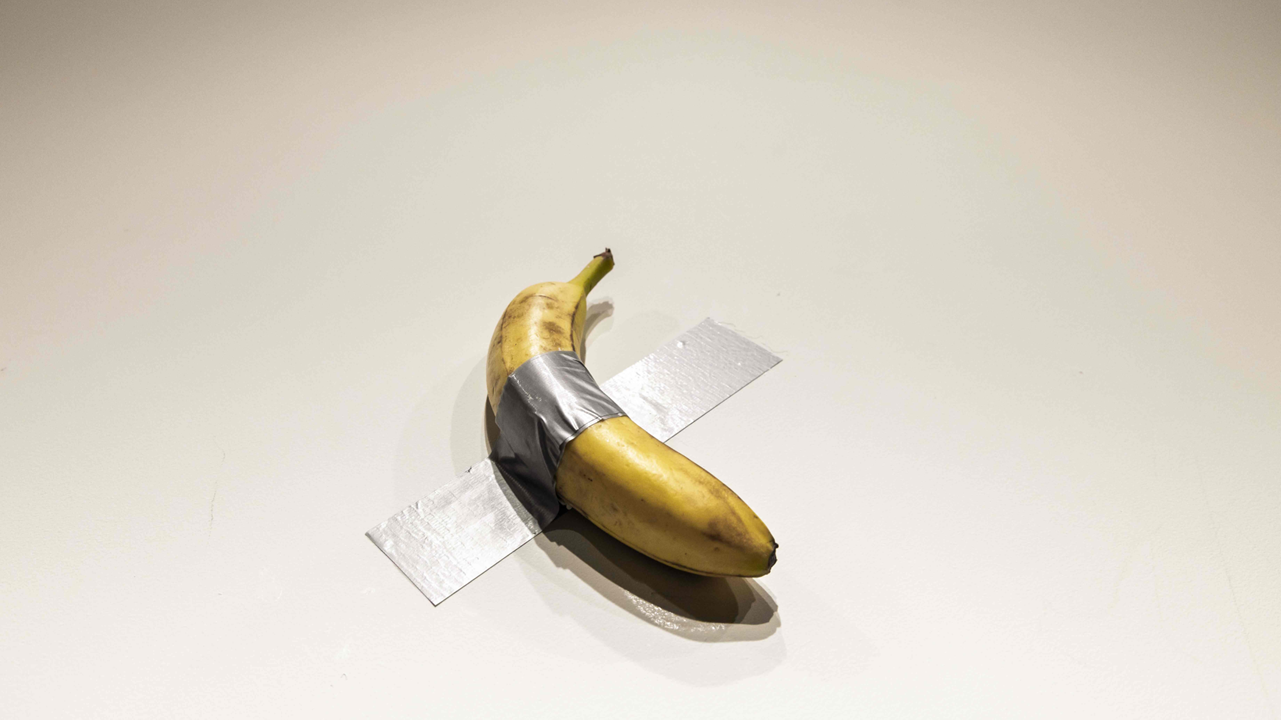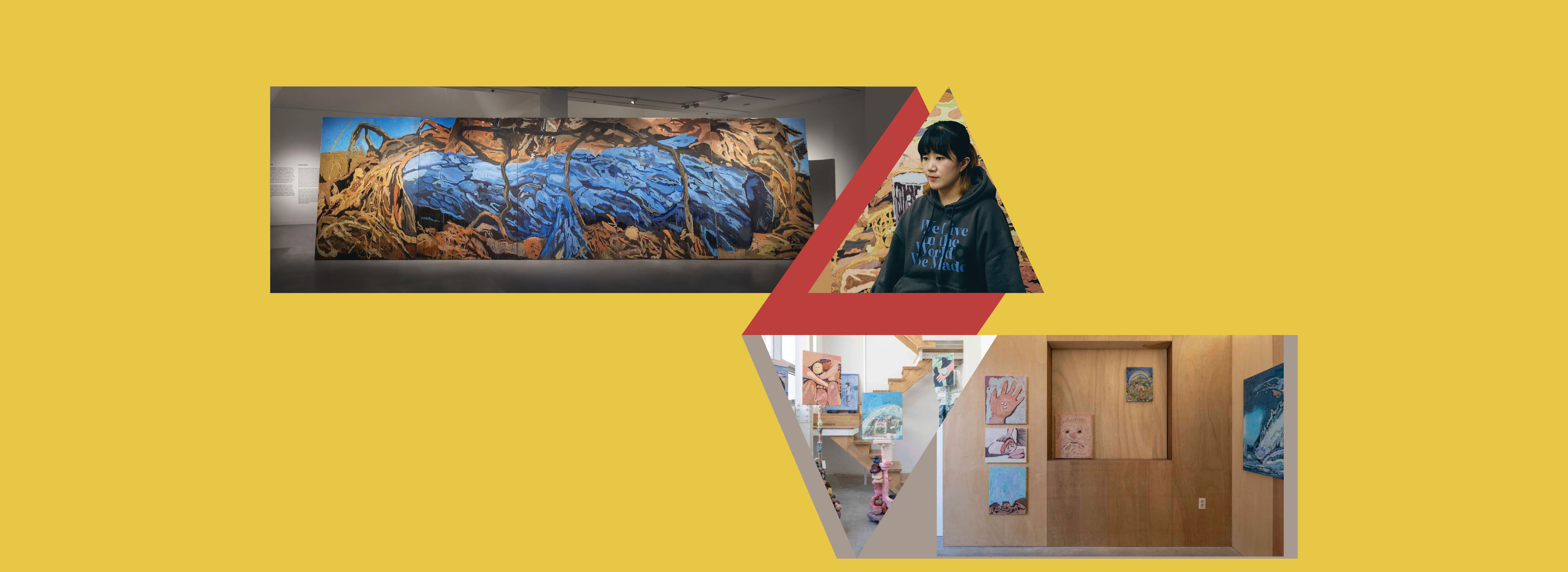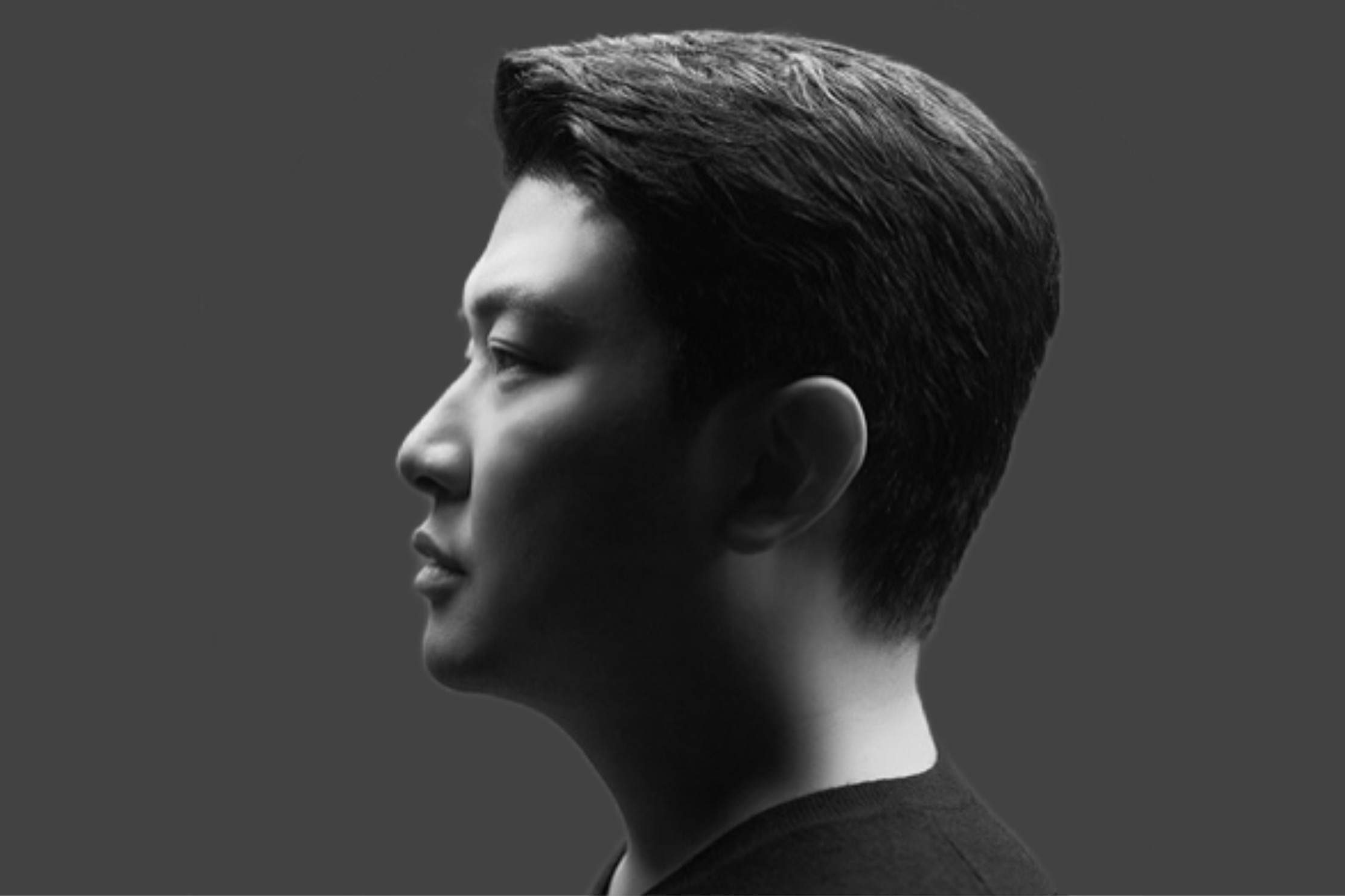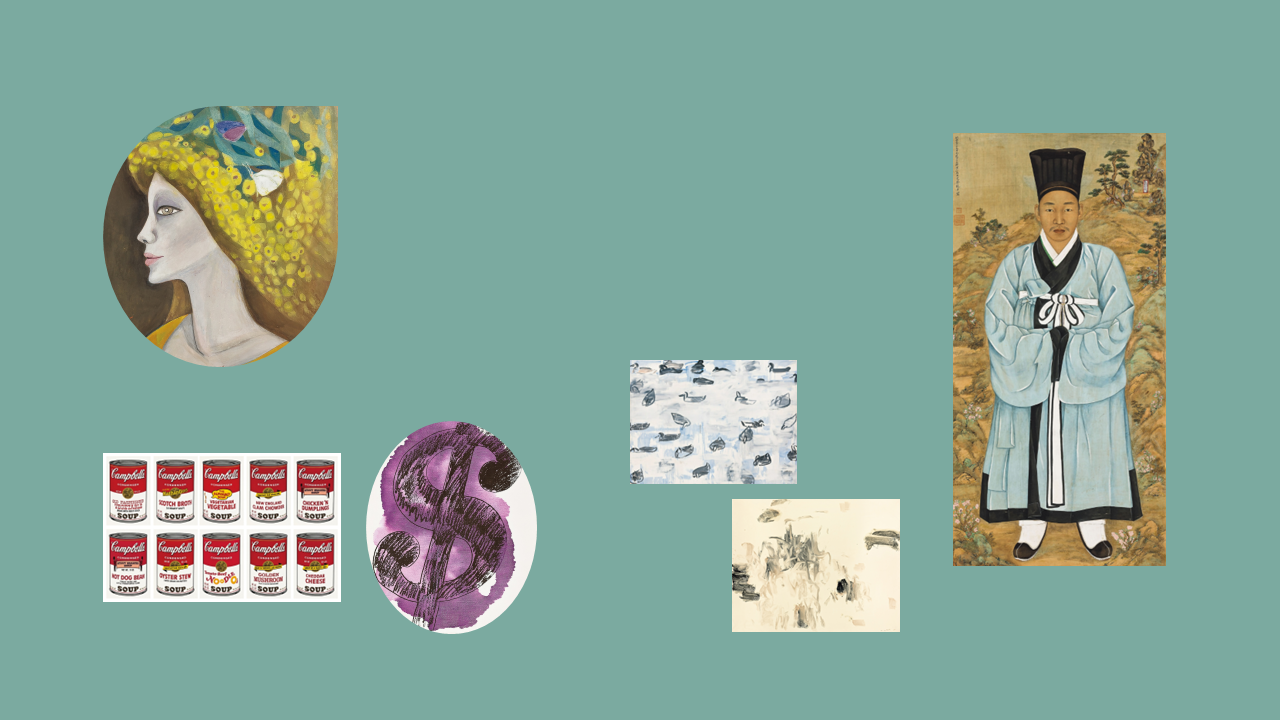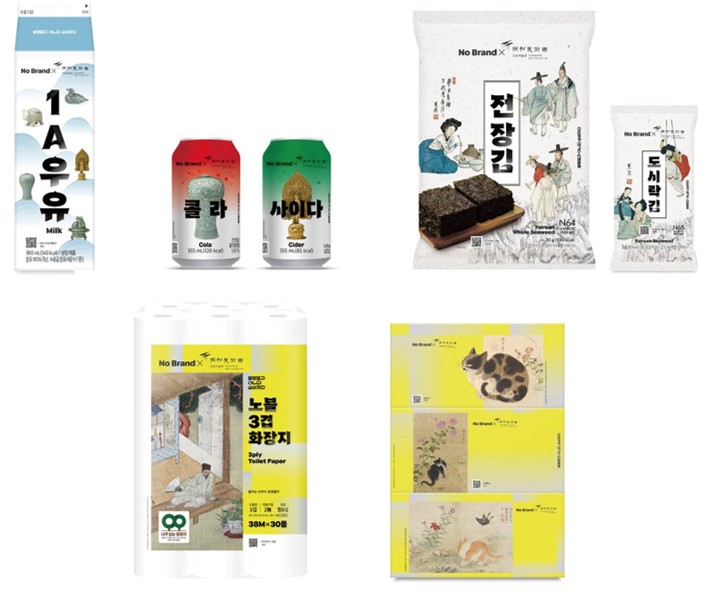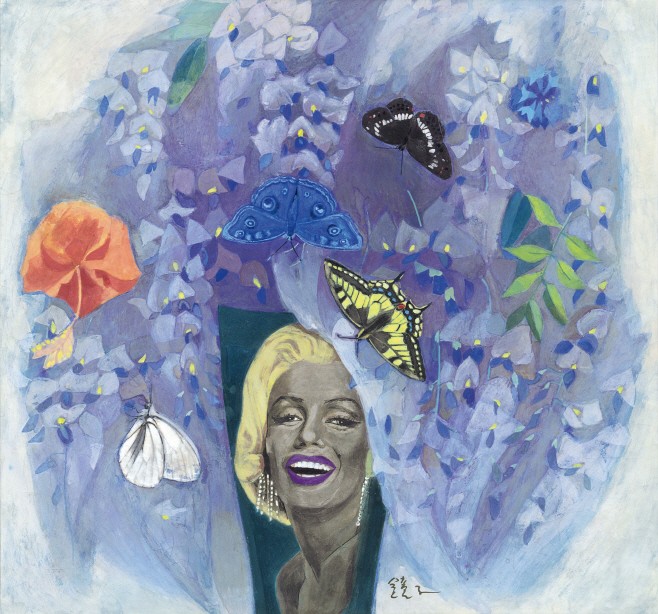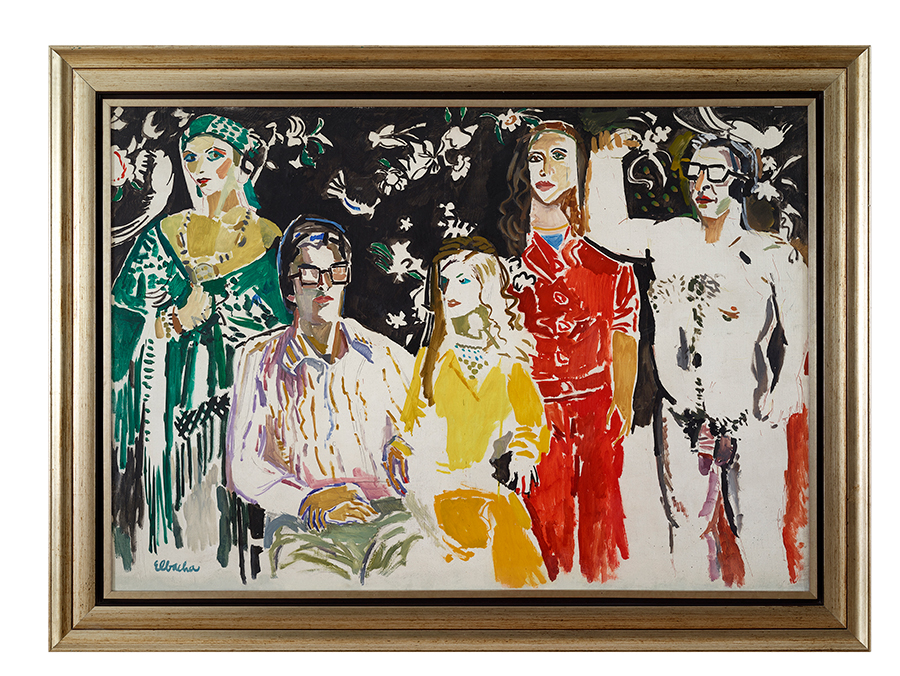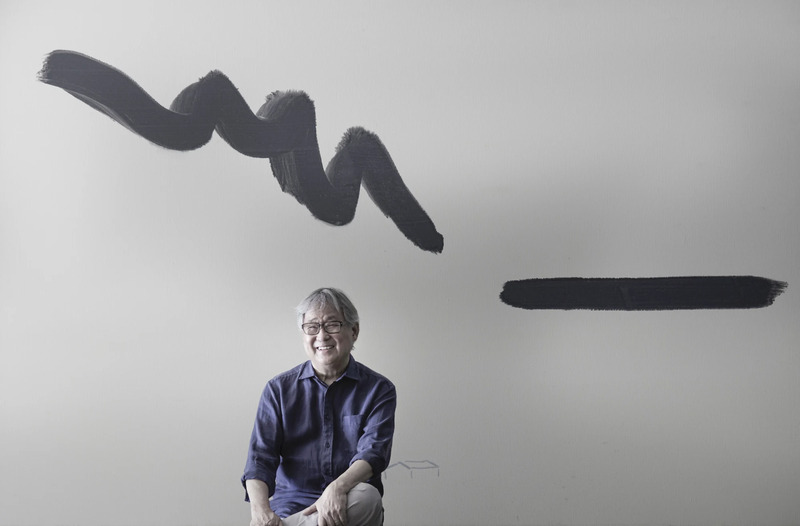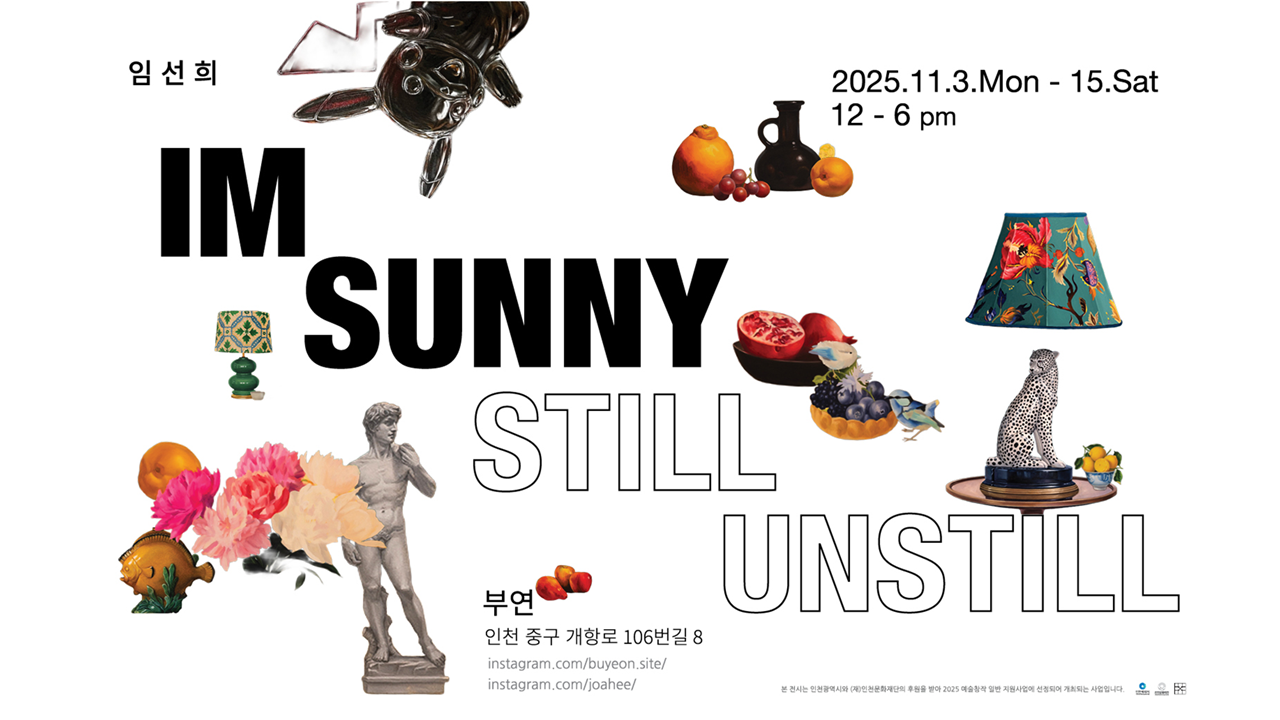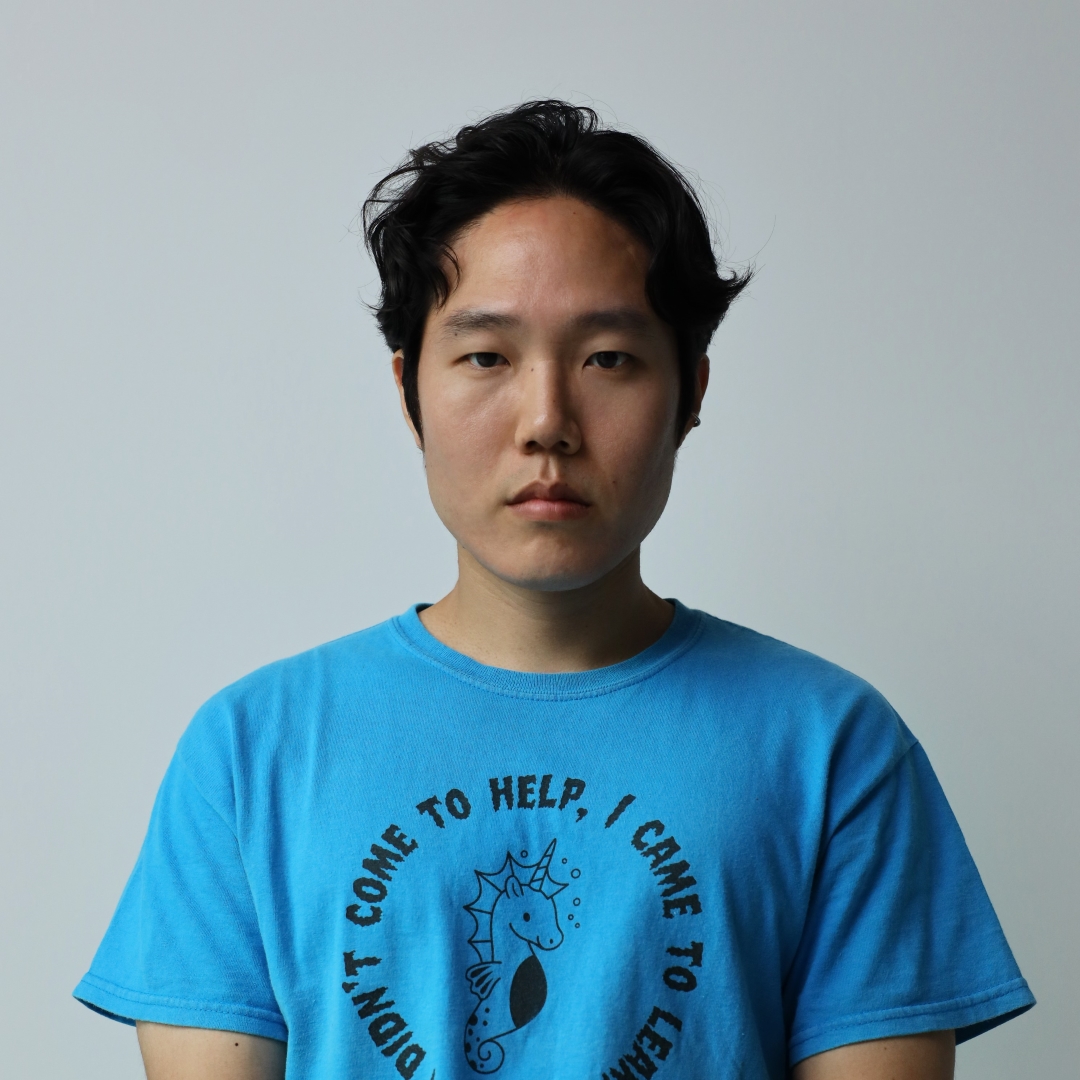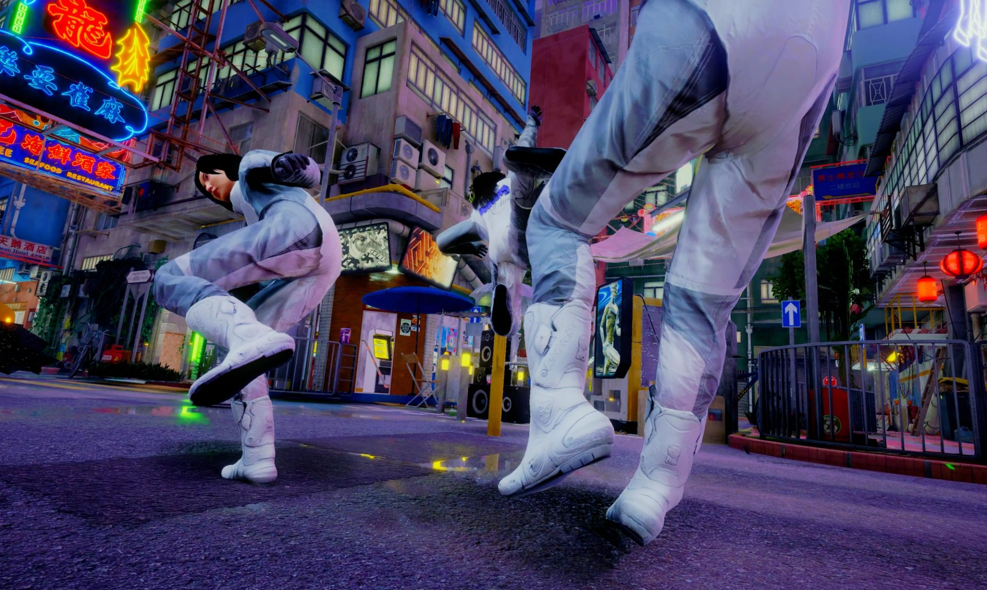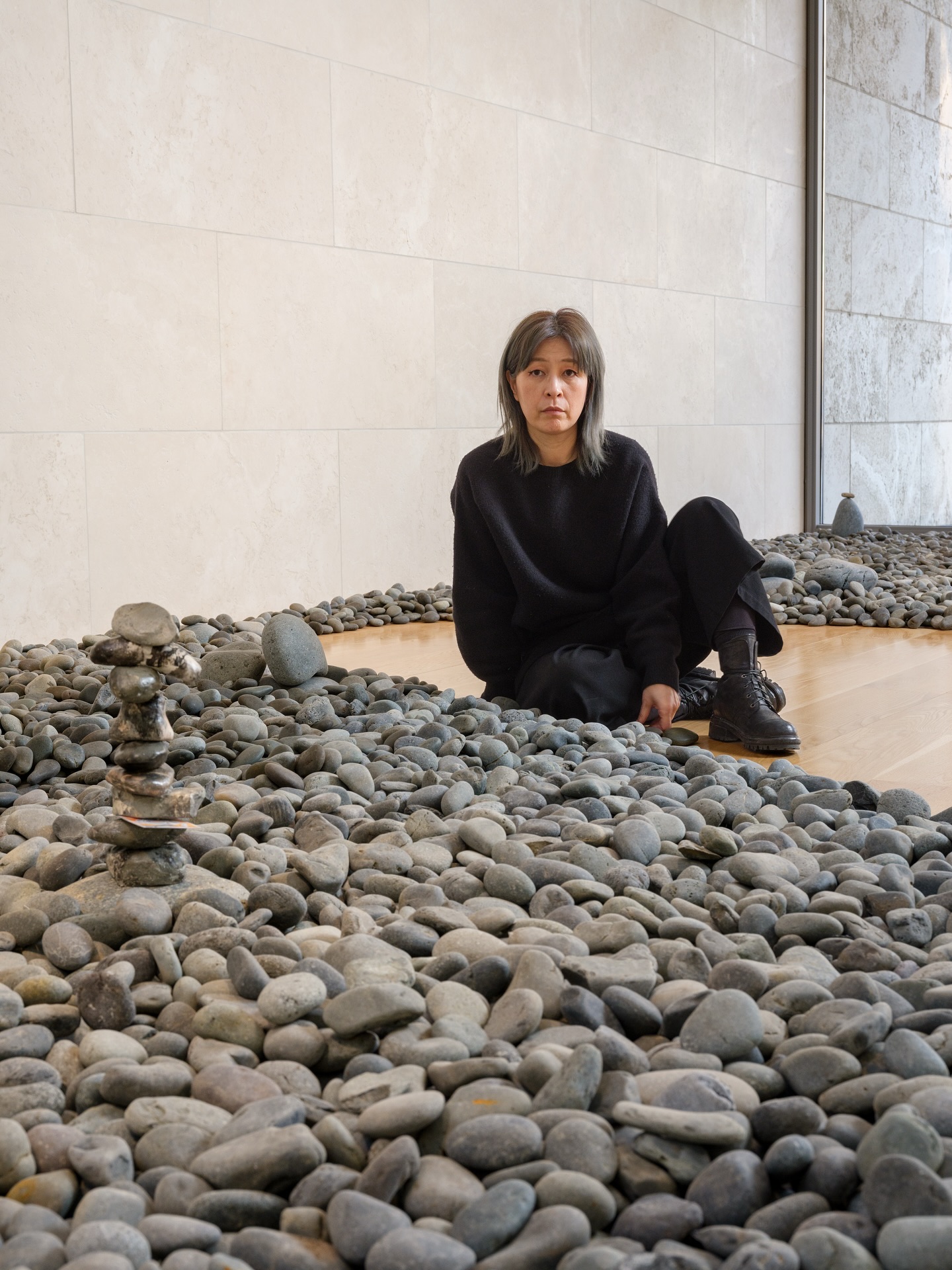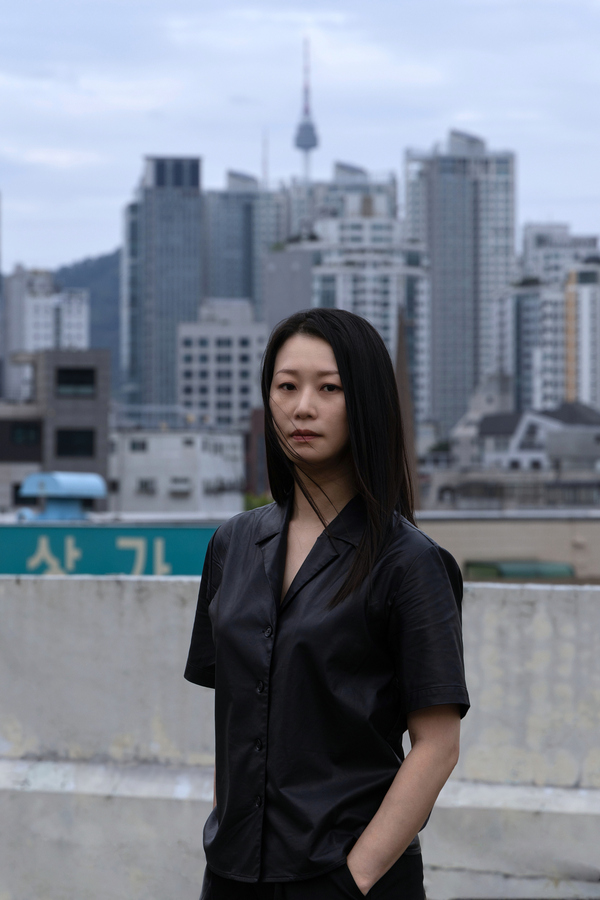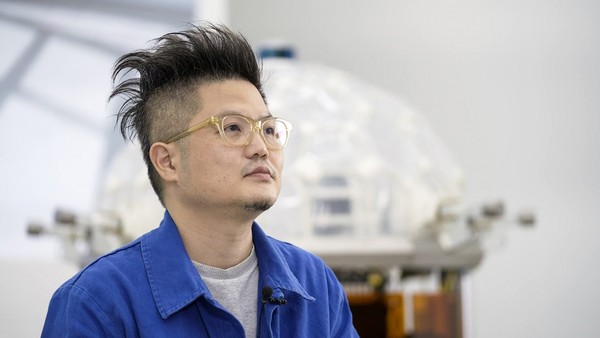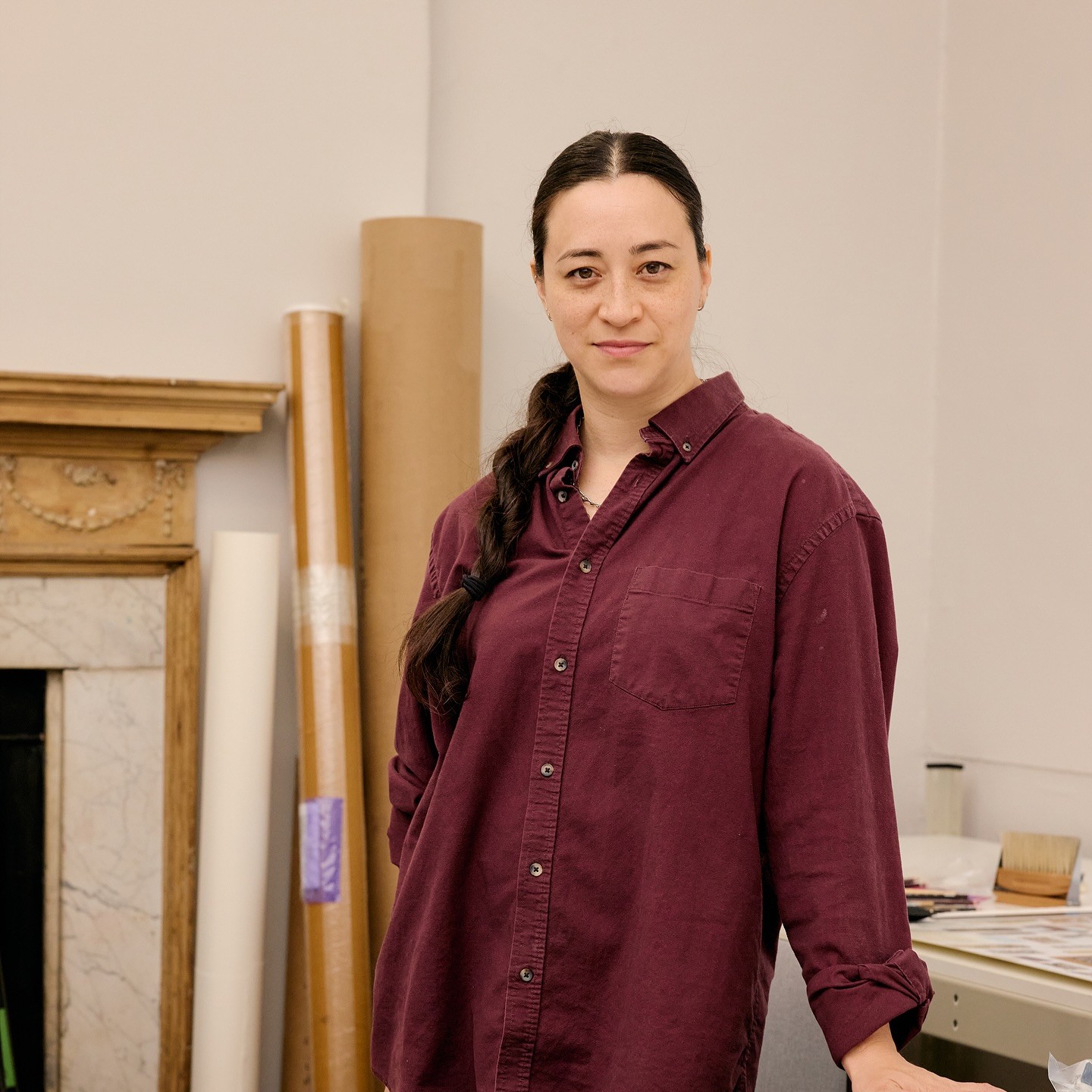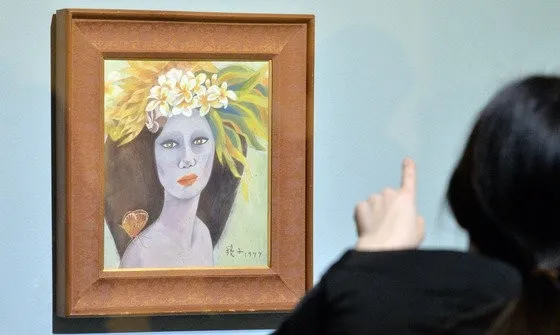
Beautiful Woman by the late artist Chun Kyung-Ja (1924–2015), subject of a forgery controversy ⓒNews1
The bereaved family of the late Chun
Kyung-Ja (1924–2015) filed a lawsuit seeking damages from the state in protest
of the authenticity ruling of her painting Beautiful Woman,
but they were ultimately unsuccessful.
The “Beautiful Woman forgery controversy”
began in 1991 when the National Museum of Modern and Contemporary Art, Korea
(MMCA), which owned the painting, distributed 900 reproduction prints as
souvenirs. At the time, Chun Kyung-Ja claimed the painting was not her work,
sparking the dispute.
In response, the museum commissioned
experts from the Galleries Association of Korea to authenticate the work, and
their conclusion affirmed it as genuine. Chun, however, contested this ruling,
citing reasons she believed indicated a forgery: the painting’s title
‘Beautiful Woman,’ the blackened hair applied as if “overpainted,” a white
flower crown she claimed never painted before, and the use of Arabic numerals
for the date.
Despite her objections, the museum
maintained its stance that the painting was authentic. Following this, Chun
Kyung-Ja retired from painting and moved to the United States, where she passed
away in 2015.
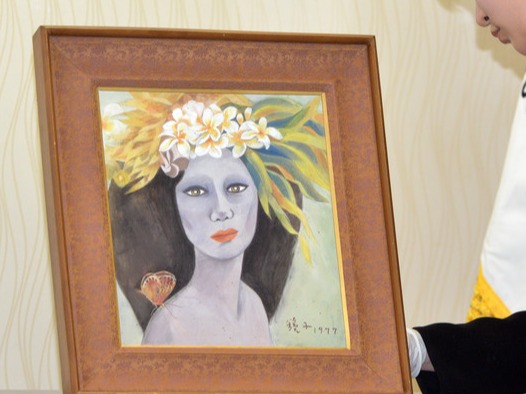
The original Beautiful Woman revealed during the briefing on the forgery investigation of Beautiful Woman, held on April 19 at the small conference room of the Seoul Central District Prosecutors’ Office, Seocho-gu, Seoul. ⓒNewsis
In 2016, Chun’s family filed complaints
with the prosecution against six current and former officials of the MMCA,
accusing them of defamation of a deceased person, fabrication and use of false
official documents, and copyright infringement.
Subsequently, the prosecution conducted a
series of scientific and expert analyses, including X-ray, infrared,
computer-based imaging, DNA testing, and connoisseur evaluations. These
investigations concluded that Chun Kyung-Ja’s distinctive painting techniques
were fully realized in Beautiful Woman, affirming the work
as authentic.
Additionally, tracing the painting’s
ownership history revealed that in 1977, the artist sold Beautiful
Woman to an officer of the Korean Central Intelligence Agency (KCIA),
after which it passed through former KCIA chief Kim Jae-gyu before being
donated to the government in 1980.

Late artist Chun Kyung-Ja (1924–2015) ⓒMaeil Business Newspaper
After the investigation results were
announced, the artist’s family filed an appeal, which was rejected, and their
subsequent petition to the court was ultimately dismissed by the Supreme Court.
In 2019, the bereaved family filed a damages lawsuit against the country,
claiming that “the prosecution had coerced the appraisal experts who had issued
the forgery opinion and provided them with false information that could
influence the appraisal results.”
However, both the first and second-instance
courts concluded that there were no issues with the prosecution’s finding that
the work was authentic. On September 9, the Supreme Court also dismissed the
appeal by discontinuance of trial, finalizing the heirs’ loss in the lawsuit.



